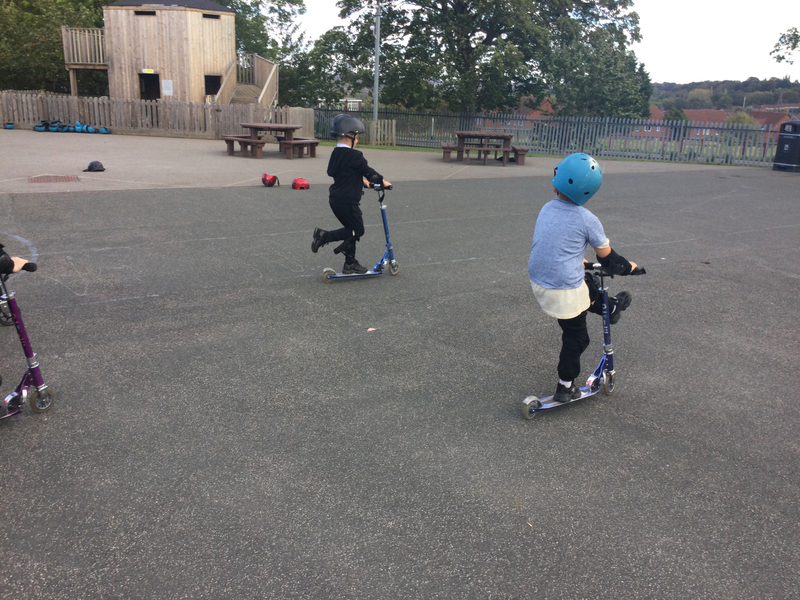
Welcome to Year 1
Dates to Remember
PE - Monday and Thursday
Thursday 11th December - KS1 Nativity
Friday 30th January - Trip to Abbey House Toy Museum
Friday 15th May - Great Fire of London workshop in school
Friday 26th June - Trip to Yorkshire Wildlife Park


Miss Lockwood - Year 1 Dodd Class Teacher

Mrs Town - Year 1 Dodd Class Teaching Assistant

Mrs Clayton - Year 1 HLTA

Mrs Harrison - Year 1 Hendra Class Teacher

Miss Owen - Year 1 Learning Mentor

Miss Mcowen - Year 1 Hendra Class Teaching Assistant
Welcome to Year 1 at Hollybush Primary School! The children have been busy exploring the world around them through our exciting topic, Our Senses. From investigating how we see, hear, touch, taste and smell, to hands-on experiments and sensory walks, the children are developing their understanding of how our bodies help us experience life. In Maths, we’ve been building strong foundations by exploring numbers to 10, using practical activities, games and problem-solving to deepen number sense and confidence.
Our class Authors are Sue Hendra, whose colourful characters and playful plots spark imagination and laughter, and Lynley Dodd, whose rhythmic tales and lovable animals have captured our hearts. It’s been a joyful and engaging start to our Year 1 adventure!


Scootability
Our Year 1 children had an exciting time this week taking part in Scootability lessons! These sessions are designed to help young riders develop essential skills for safe scooting, including balance, control, and awareness of their surroundings.





Maths
Year One have been learning about their numbers to 10. They have used part-whole models to partition different numbers, tens frames to understand the value of numbers and they have compared different numbers using the vocabulary 'greatest' and 'smallest'.





Our Senses
Year One have been learning about their senses. They went on a sound walk around school to use their sense of hearing and used smelling pots to use their sense of smell. The children have also been naming different body parts on the inside and outside of their body!



Continuous Provision
The year one classrooms are set up in a similar way to Foundation Stage so that the children are building on prior learning. The children have access to areas of provision which are designed to challenge, enhance and practice their learning. Provision encourages children to use resources that they have previously encountered with an adult and use these independently.
The key principles of Continuous Provision in KS1 remain the same as in EYFS:
- Start with the child – what are they interested in, what will they naturally want to do? Are there key areas of learning that need strengthening or revisiting?
- Prioritise areas of provision according to the space available and resource these effectively
- Create a clearly defined space for each area of continuous provision
- Make sure that the resources provided earn their place by providing lots of possibilities for learning
- Organise resources carefully and make them accessible to the children
- Consider the way in which resources are grouped, displayed and labelled, in order to provide opportunities for incidental learning.
The decisions we make must also reflect the expectations we have for our children by the end of the year and the Key Stage. What skills and knowledge do we want them to master and, therefore, what equipment and opportunities must we provide? This is key to ensuring in year progression and to creating an environment that supports all teaching and learning.
Continuous Provision in Year 1 is not just an add-on, not just another thing to fit in alongside the curriculum: it is our curriculum.
What is Continuous Provision?
Continuous provision describes all of the different provision areas which are available for your children to use every day. Within each of these areas of provision there should be a core range of resources that children can use all of the time, throughout the whole year. Planning effectively for continuous provision is crucial and involves a consideration of classroom layout and resourcing that will enable staff to offer a breadth of learning possibilities
Why is Continuous Provision Important?
Carefully planned continuous provision will enable children to learn skills, will challenge their thinking and help them to embed concepts. It should also provide the context for a variety of learning conversations between children and adults with rich opportunities for modelling and extending speech and vocabulary. It is within this learning environment that the children will also develop key learning attributes. How the environment is planned, resourced, valued and used can impact positively, or negatively, on children’s engagement, independence, collaboration, self-confidence, resilience and curiosity.
The Importance of Defined Spaces
Children will be more likely to be engaged within your continuous provision areas if you create enclosed, clearly defined spaces. Creating provision areas in this way tends to lead to fewer distractions and also provides the context for children to collaborate, form relationships and communicate. Careful consideration has been given to the spaces, the layout of the room and which areas are likely to work well together or alongside each other in order to promote mathematical thinking or meaningful writing opportunities.
Online Games and Activaties to Support Your Child
Phonics Games
- https://www.ruthmiskin.com/parentsandcarers/
- https://www.phonicsbloom.com/
Maths and English Games
- https://www.topmarks.co.uk/maths-games/5-7-years/counting
White Rose Maths 1 minuite App
- https://whiteroseeducation.com/1-minute-maths#download
Handwriting App
Great Fire of London Workshop
London's Burning Workshop
London's Burning Workshop
London's Burning Workshop


